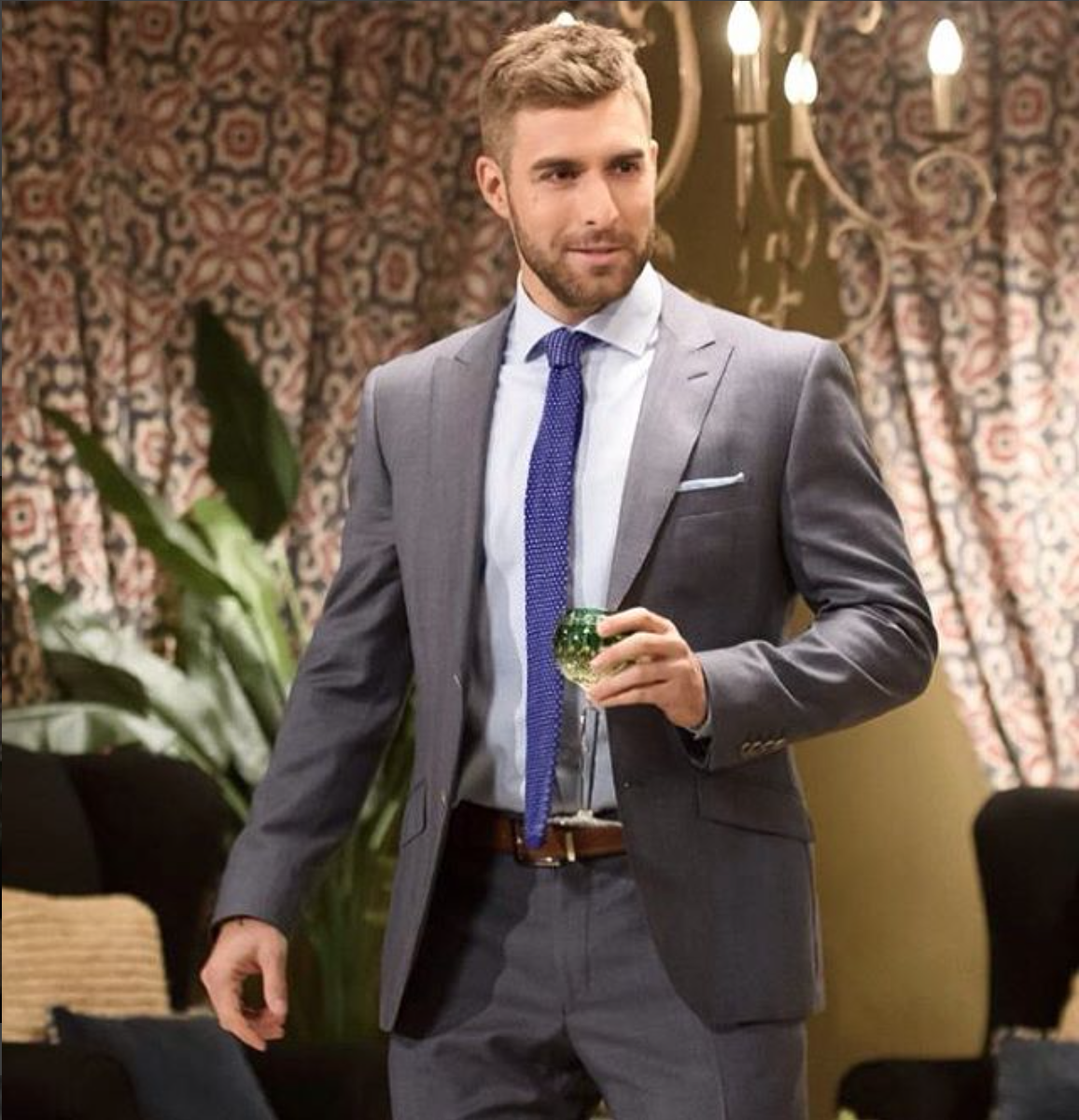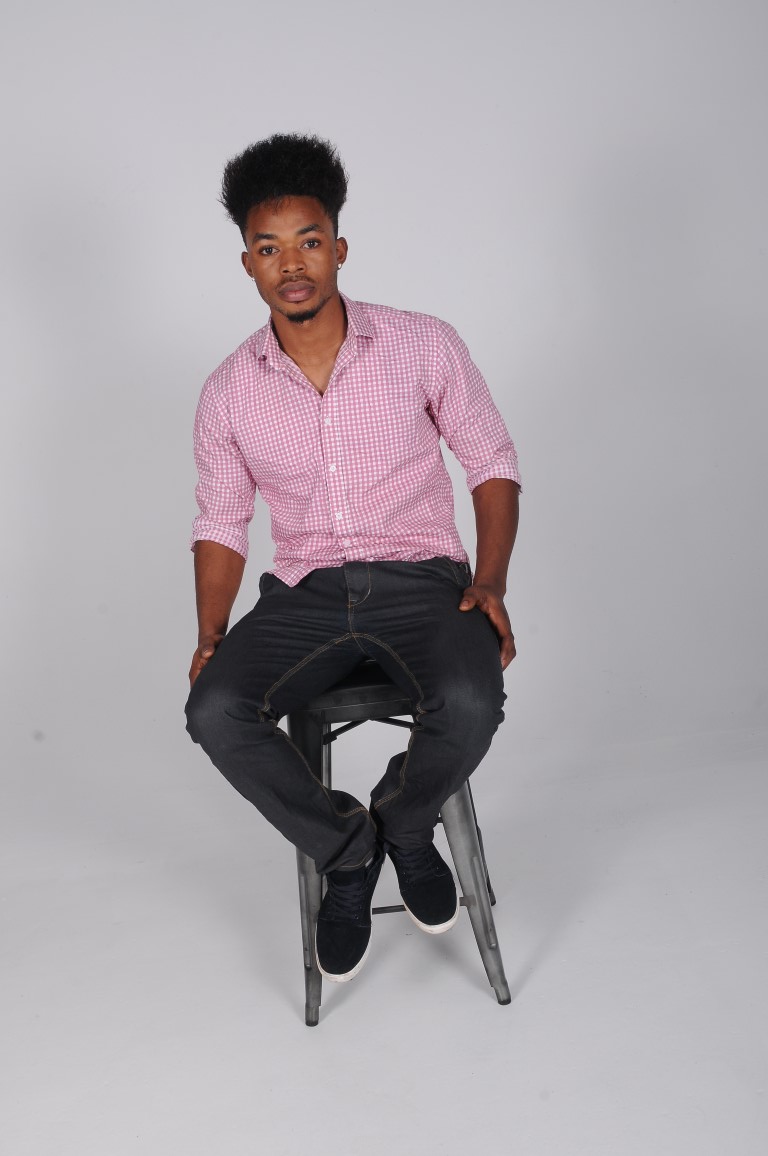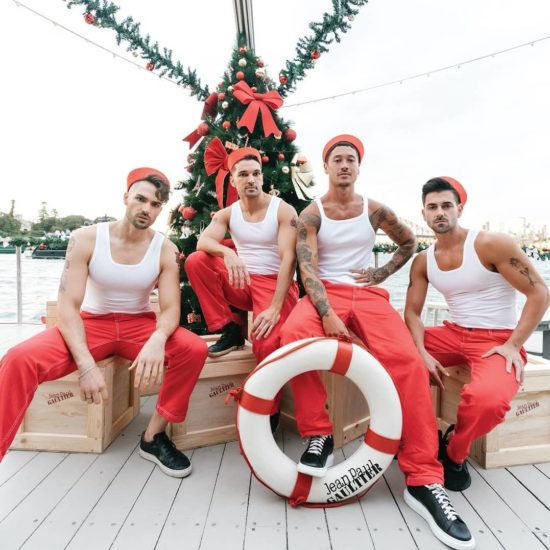#DiverseTalentMatters
Diversity in Advertising.
With the average age of Australians now 38 rather than 28 in previous years, Does our advertising reflect the ageing population?
49% of our population was either born overseas or have a parent born overseas, making our country more diverse than ever. But are we marketing to these different cultures?
Our average income is up 16%, meaning we’ve got more to spend. Which brands are gaining from this increase and how are they doing it?
Same sex couples are up 81% from 10 years ago and are thought to be the most affluent with their income. How do they relate to what they see on their TV screens and billboards? (Aus Census 2016)
What are we talking about?
So many industries are talking about diversity internally at businesses, which companies are hiring who, who’s leading the charge in hiring diverse staff and who’s falling behind. But what we’re not hearing about as much is the hiring of talent for our advertising.
It’s a common conclusion that the faces we see on our streets, in our shops and in our homes is not what we always see in our advertising. The breadth of who we are as Australians isn’t always portrayed in the advertisements by the brands and companies wanting us to buy their product and use their services.
For so long we’ve been subjected to ‘aspirational’ talent selling us holidays, banking services, clothing and so much more. We’ve seen countless beautiful blonde, blue eyed males and females smiling their pearly white teeth across our billboards and magazine covers.
There is nothing wrong in portraying these types of people in our advertising, and by no means are we saying there’s no place for it, all we’re asking is that we stop and also consider (and ultimately use in our advertising alongside the blonde and blue eyed beauty) the other multitudes of skin colours, body types, abilities, sexualities and ages that exist in our wonderful society. Are we there yet? Not quite. Are we on the road to getting there? Definitely. What’s it going to take to hit the finish line? Discussion and action.
At WINK, we feel so much has happened in terms of diversity in head offices and internally at advertising firms and the like – but not enough about the talent that is being cast and used in advertisements.
Why are we talking about it?
Because we see the movement slowly (Rome wasn’t built in a day) and we want to help further encourage the move and play our role in how that happens. For us, it’s representing the talent that represent society. It’s representing the ‘traditional’ beautiful tall and slim model, but it’s also representing the handsome man who also happens to have a disability, and the mature face who is a size 18 and the 60 year old gentleman. For us, it’s having somewhere that our clients can come to book faces that are diverse, that represent all the intricacies of society.
We pride ourselves on being able to provide our clients with all their talent needs. We saw a big shift towards campaign briefs demanding more diverse talent and decided we wanted to be the go-to agency to provide this. Representing a real Australia is something we strongly believe in, so making a conscience effort to keep that in mind when we hire our models became second nature. We are so proud to see more and more brands join us in the movement towards changing the way audiences are represented in advertising.
We’ve seen huge brands globally, like Dove, Air BNB and Campbell’s embrace the need to be more authentic in their talent and speak to all their consumers. And they’re doing it well, not in a contrived way, but in a really genuine way. There’s a fine line between authentically using a range of talent or having it come across as discriminatory or alienating.
We’ve seen movements such as #CannesInColour asking agencies to be more inclusive internally, which will in turn result in their work reflecting their diverse views as we hear from Raf from 180la.
We’ve seen bodies like Media Diversity Australia start up that are helping keep the topic at the forefront of everyone’s mind. We’ve seen shows like I’m a Celebrity.. Get Me Out Of Here Australia be heavily criticised for their all white casting.
We’re seeing people make noise about the topic, but there’s a still a long way to go. Especially with TV dramas only representing disabled people in 4% of their characters, compared with 18% of Australians who identify with a disability and a 5% representation of LGBTIQ people vs 11% of our population identifying with these sexual orientations. (Screen Australia Study)
How has WINK responded?
Celebrating their 10th anniversary in 2017, WINK have seen this slight shift and embraced it whole-heartedly. WINK established additional divisions as of 2016, including both a Sports Division and a Classics Division, as well as improving the breadth of talent represented in the Traditional model division. As of 2017;
- WINK’s Classics division provides a place for models who were once considered too old for the industry. WINK now has 190 models in this division Australia wide, with 40 of those over 50 years of age, and 3 over 70 years old.
- WINK have also embraced models of all cultures and backgrounds, with a representation of over 98 different backgrounds and ethnicities.
- WINK now represent 3 models with disabilities.
- WINK represent a number of models with varied sexual preferences.
- WINK’s talent are able to speak over 70 different languages.
What now?
In order to see where we stand compared to the rest of the advertising industry, we decided to ask some of the industry’s leading professionals. As you will see in the video below, we had some great responses.
The Managing Director of Sibling Agency, Mandy Galmes, quotes from experience that, “a lot of ideas aren’t executed properly because of talent,” which brings us to the Head of Copy & Content at Apparent, Simon Bloomfield’s, point that advertising, “used to be about aspiring, but is now about reflecting.” Diversity can mean a whole range of things, as Lorraine Jokovic, CEO of Loud Communications says in our interview, “diversity is more than ethnicity,” it ranges from sizes, disabilities, appearance and much more. And to sum it all up, as Rafael Rizuto, the ECD of 180la puts it, “we live in a diverse culture, we can’t be tone deaf.”




